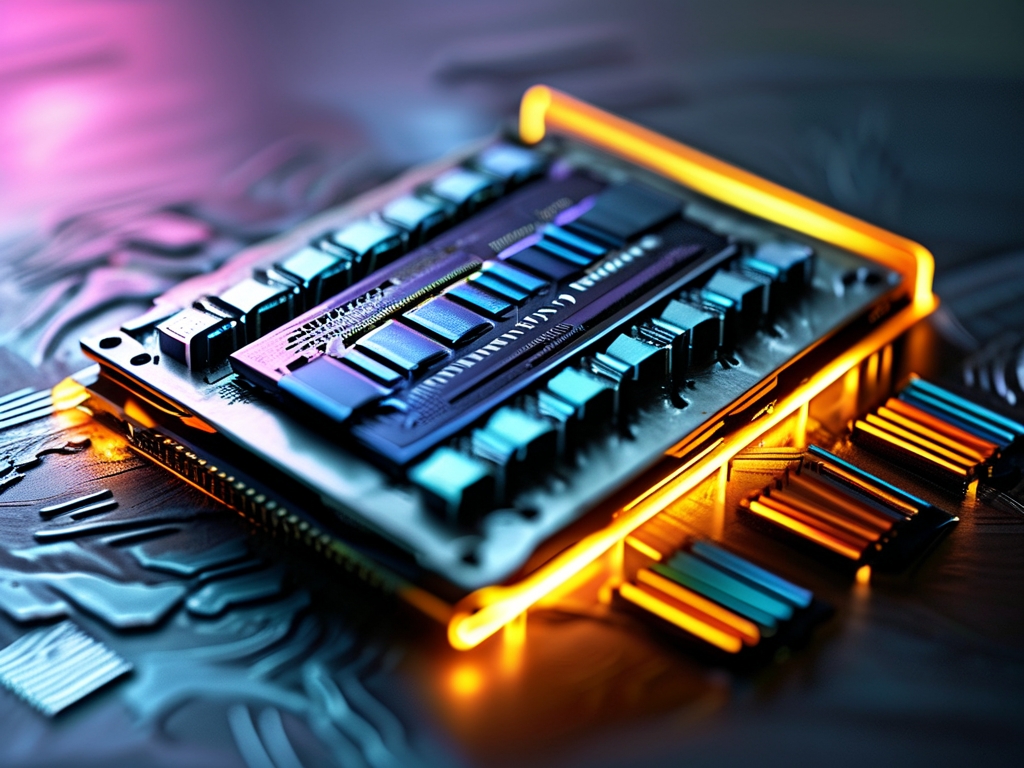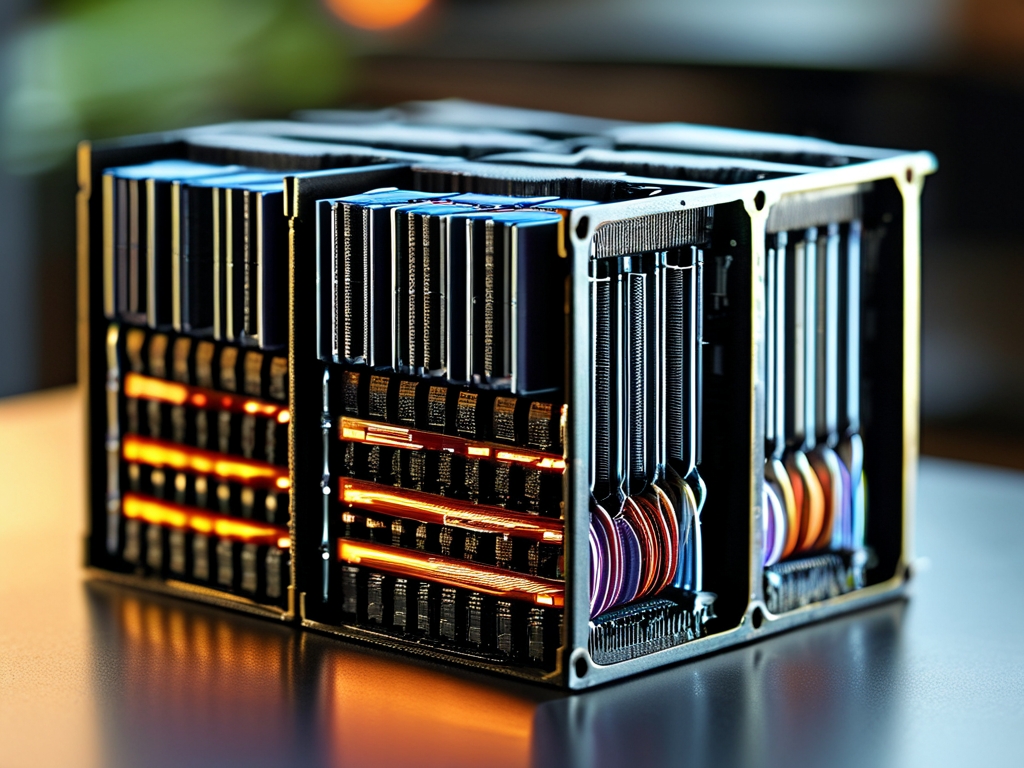In the era of big data and real-time analytics, in-memory computing frameworks have emerged as a transformative technology, enabling organizations to process massive datasets with unprecedented speed. Unlike traditional disk-based systems, these frameworks store and process data directly in RAM, eliminating I/O bottlenecks and reducing latency. This article explores common in-memory computing products, their architectures, use cases, and how they reshape industries.

1. Apache Spark
Apache Spark is arguably the most widely adopted in-memory computing framework. Designed for large-scale data processing, Spark’s Resilient Distributed Datasets (RDDs) allow data to be cached in memory across clusters, enabling iterative algorithms and interactive queries. Its versatility spans batch processing, streaming (Spark Streaming), machine learning (MLlib), and graph processing (GraphX). Companies like Netflix and Uber leverage Spark for real-time recommendation engines and fraud detection.
2. SAP HANA
SAP HANA is an enterprise-grade in-memory database platform that combines OLAP and OLTP capabilities. By storing data in columnar format and leveraging multi-core processing, HANA accelerates complex queries for business intelligence and ERP systems. Its hybrid storage model supports both in-memory and disk-based operations, making it ideal for industries like finance and retail that require real-time insights.
3. Hazelcast
Hazelcast focuses on distributed in-memory data grids (IMDGs), offering low-latency data access for microservices and cloud-native applications. Its partitioned in-memory storage ensures high availability and horizontal scalability. Use cases include caching, session storage, and real-time event processing. Companies like JPMorgan Chase use Hazelcast to power high-frequency trading systems.
4. Redis
Redis, often categorized as an in-memory data structure store, excels in scenarios requiring sub-millisecond response times. It supports strings, lists, and geospatial indexes, making it popular for caching, leaderboards, and real-time analytics. Platforms like Twitter and Pinterest rely on Redis to manage user sessions and deliver personalized content.
5. Apache Ignite
Apache Ignite provides an in-memory computing platform that integrates with existing databases like MySQL and PostgreSQL. Its distributed SQL engine and ACID compliance make it suitable for transactional workloads, while machine learning libraries support predictive analytics. Automotive companies use Ignite for telemetry data analysis to optimize fleet performance.
6. Alluxio
Alluxio (formerly Tachyon) acts as a virtual distributed storage layer that bridges compute frameworks (e.g., Spark, Presto) and storage systems (e.g., HDFS, S3). By caching frequently accessed data in memory, Alluxio accelerates data-intensive workloads in hybrid cloud environments. Alibaba and Barclays employ Alluxio to unify data access across disparate systems.

7. VoltDB
VoltDB is an in-memory SQL database optimized for high-throughput transactional workloads. Its deterministic execution engine ensures ACID compliance while processing millions of transactions per second. Telecom providers use VoltDB for real-time billing and network monitoring.
Challenges and Future Trends
While in-memory frameworks offer significant advantages, challenges persist. The cost of RAM limits scalability for some organizations, and data durability remains a concern (mitigated through replication or hybrid storage). Emerging trends include the integration of non-volatile memory (e.g., Intel Optane) and AI-driven memory management to optimize resource allocation.
In-memory computing frameworks are redefining the boundaries of data processing. From Spark’s ecosystem to specialized tools like Redis and SAP HANA, these products cater to diverse needs—whether real-time analytics, transactional systems, or AI-driven applications. As hardware evolves and cloud adoption grows, in-memory technologies will continue to underpin the next generation of data-driven innovation.


